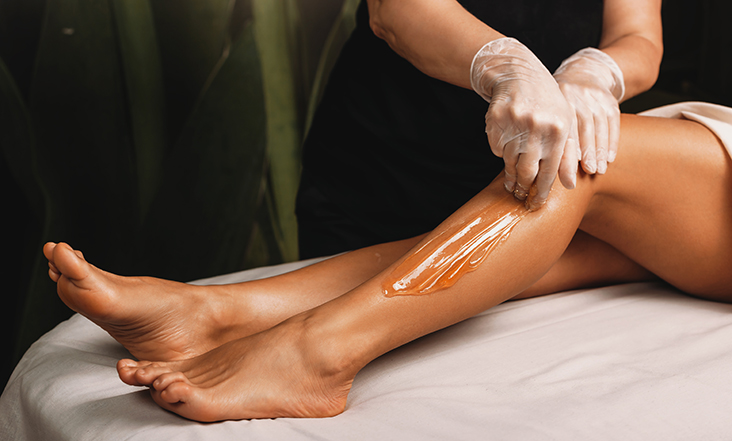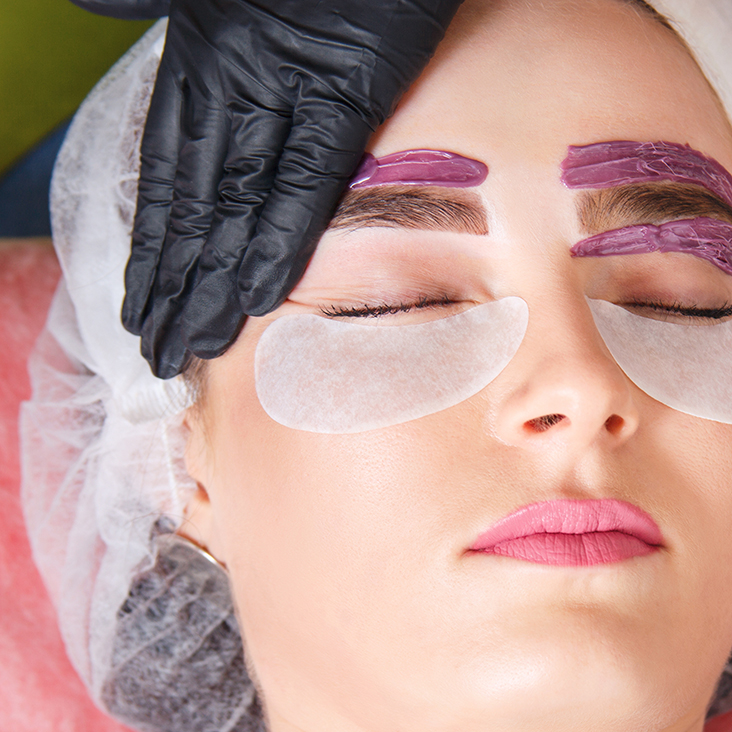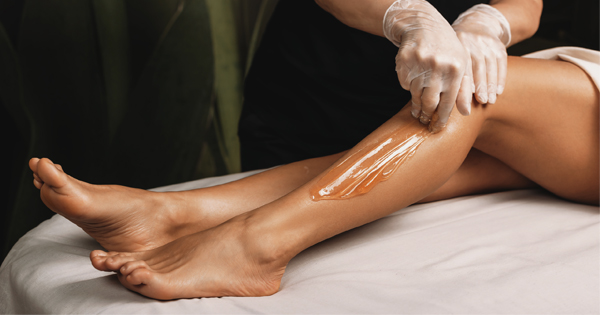
Those looking for softer, smoother, hairless skin turn to estheticians for waxing services. The idea behind most beauty and skincare treatments to work effectively is to create a long-term routine. Different means of hair removal can affect how hair grows back. When you shave, your hair typically grows back faster and feels stubbly. New-to-waxing-treatment clients are surprised to discover that you can have stubble after your first waxing session. It takes a few sessions to remove the root of the hair from the shaft of the skin––the hair follicle; that’s why estheticians recommend growing out your hair before a waxing session.
Pain and beauty treatments can often go hand in hand. Depending on your threshold for pain, you might find waxing on the spectrum of uncomfortable to painful. Over time, you’ll get accustomed to the treatments and reap the benefits of waxing.
The Benefits of Waxing:
- Save the time and effort it takes to tweeze and shave.
- Enjoy soft and smooth skin.
- Say goodbye to nicks and shaving cuts.
- Indulge in pampering self-care with less maintenance.
- Reduced chance of ingrown hairs.

How to Prepare for a Waxing Treatment
If you use retinol on any part of your skin that’s getting waxed, stop using your retinol product a week (or at least 4-5 days) prior to the waxing treatment. Retinol is a chemical exfoliator. Whether it is a mild over-the-counter product or more potent retinol prescribed by a dermatologist, you want to steer clear of retinol or any exfoliator before getting waxed. This includes taking oral acne treatments containing retinoids, like Isotretinoin. Talk to your dermatologist about stopping the acne medication before waxing or try a different hair removal treatment.
Waxing can remove the skin cells, so if you are using retinoids and waxing, you increase the risk of damaging the epidermis or causing severe irritation to the skin.
Different Types of Waxing Treatments
There are different formulas for waxing. The most traditional form of waxing is the strip, which can be a little shocking for rookies.
Strip waxing is executed with warm, soft wax. Warm, soft wax is applied in the direction of the hair growth, sans the strip. The wax hardens as it sits on the skin, which can act as a gentler waxing method.
Sugar wax, also known as sugaring, is an older, natural, and gentler remedy for removing hair since it won’t remove skin cells. Sugaring wax paste is similar to warm hard wax as you have to remove it in the direction of the hair growth.
Caring for Your Skin Post-Waxing Treatment
Avoid showering at least two hours after waxing. If your skin is sensitive, try wearing loose, soft clothes that won’t rub against the skin and try to delay exercise that makes you sweat. Stay away from direct sunlight. After waxing, you should moisturize your skin to keep your skin soft, supple, and hydrated.
If you’re interested in learning more about Ogle School’s Esthetics Program because you want to become an esthetician or wish to deepen your knowledge about skincare, request more information today. Financial aid is available to those who qualify.



